ACC operates in a dynamic business environment, where potential risks could impact its strategic objectives. To address this, ACC has developed a robust Enterprise Risk Management (ERM) process and internal controls framework that identifies, assesses, mitigates and monitors business risks.
To ensure comprehensive risk analysis, the framework includes transaction evaluation, process implementation, regular reviews and monitoring of key risk indicators. The Company follows a structured approach to identifying risks and opportunities, with each function evaluating its operation.
Risk Management Process
The risk management framework integrates risk maps, environmental scanning and comprehensive assessments. Using a 3x3 matrix to evaluate risk severity and probability (High, Medium, Low), each department conducts detailed evaluations of current and future operational scopes to identify function-specific risks and opportunities. These are consolidated to provide an organisation-wide risk overview. For critical risks, effective mitigation plans are developed and rigorously monitored by senior management. Stringent controls are implemented across operations to ensure regulatory compliance and ensure effective business functioning.
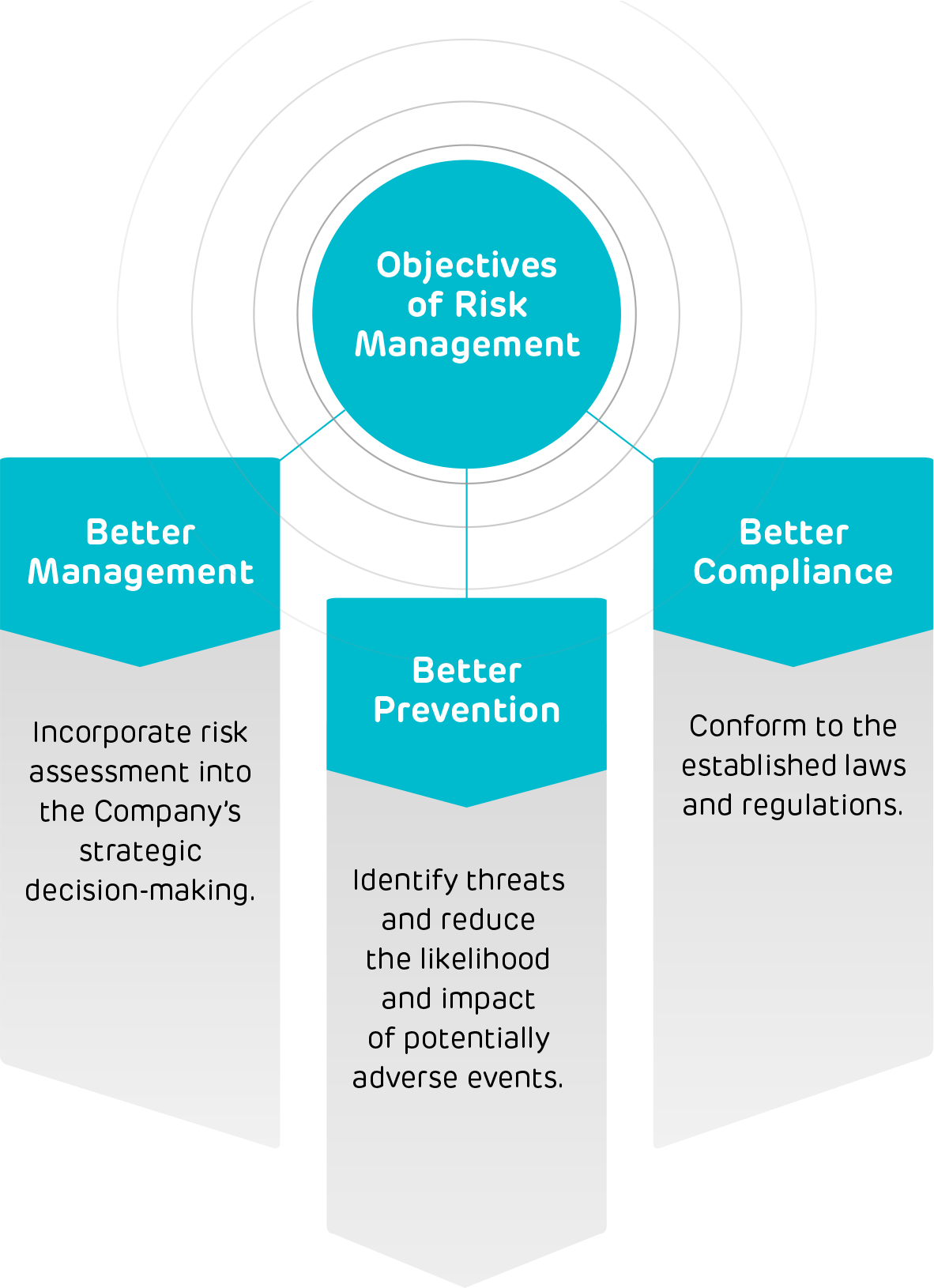
Risk Management Framework
Enterprise Risk Management (ERM) provides a structured and impartial approach to risk assessment and management. Backed by various corporate functions, the ERM framework ensures thorough identification, evaluation, prioritisation, mitigation, monitoring and reporting of critical risks.
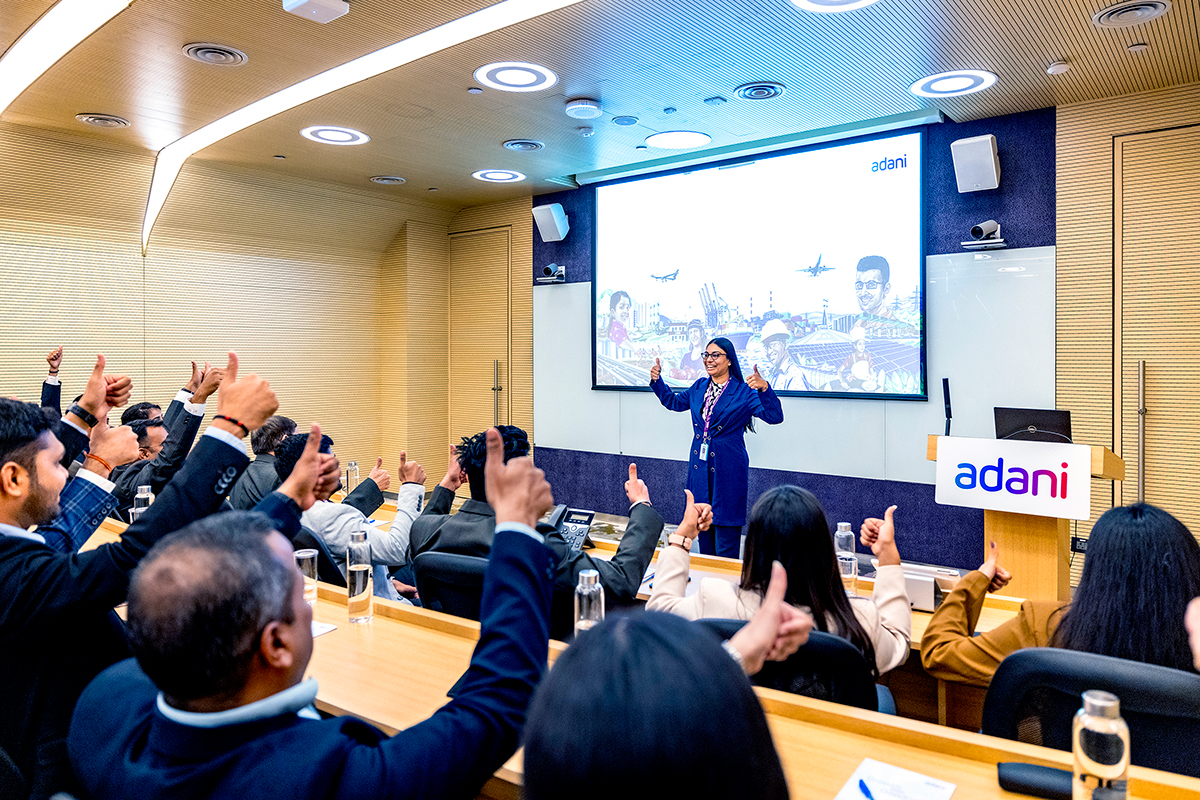
| Risk Identification and Assessment | Risk Mitigation Strategies | Risk Monitoring and Reporting | Risk Governance |
|---|---|---|---|
| The Company has a structured process to identify and assess risks across operations, analysing their likelihood and impact, and prioritising them based on overall significance to ensure effective risk management. | After identifying and assessing risks, the Company formulates comprehensive mitigation strategies. These strategies include implementation of effective controls, procedures and policies to reduce both the likelihood and impact of identified risks. | The Company maintains a strong system for monitoring and reporting risks, ensuring timely identification of emerging threats and assessment of existing mitigation strategies. Regular updates on risk profiles, mitigation efforts and changes in risk exposure are brought to the attention of the Board and senior management. | ACC implements key control mechanisms, adheres to relevant guidelines, and institutionalises consistent, proper practices. This approach ensures effective governance and enhances operational efficiency across the Company. |
Risk Governance
ACC undertakes a comprehensive approach to managing internal and external risks. Through a robust risk assessment process, the management is empowered to identify, evaluate and mitigate risks while ensuring regulatory compliance and operational efficiency. Central to ACC’s strategy is risk governance, which enables informed, strategic responses based on risk ratings. Quarterly reports to the Risk Management Committee, led by the CEO and CFO, ensure transparency and accountability.
The Company employs both top-down and bottom-up approaches to assess risks. The Risk Management Committee oversees the ERM process, ensuring its adequacy and mitigation progress. By focusing on a maximum of two risks per meeting, ACC ensures a clear, focused approach to addressing issues and implementing actionable solutions, strengthening its ability to adapt, safeguard its business and promote sustainable growth.
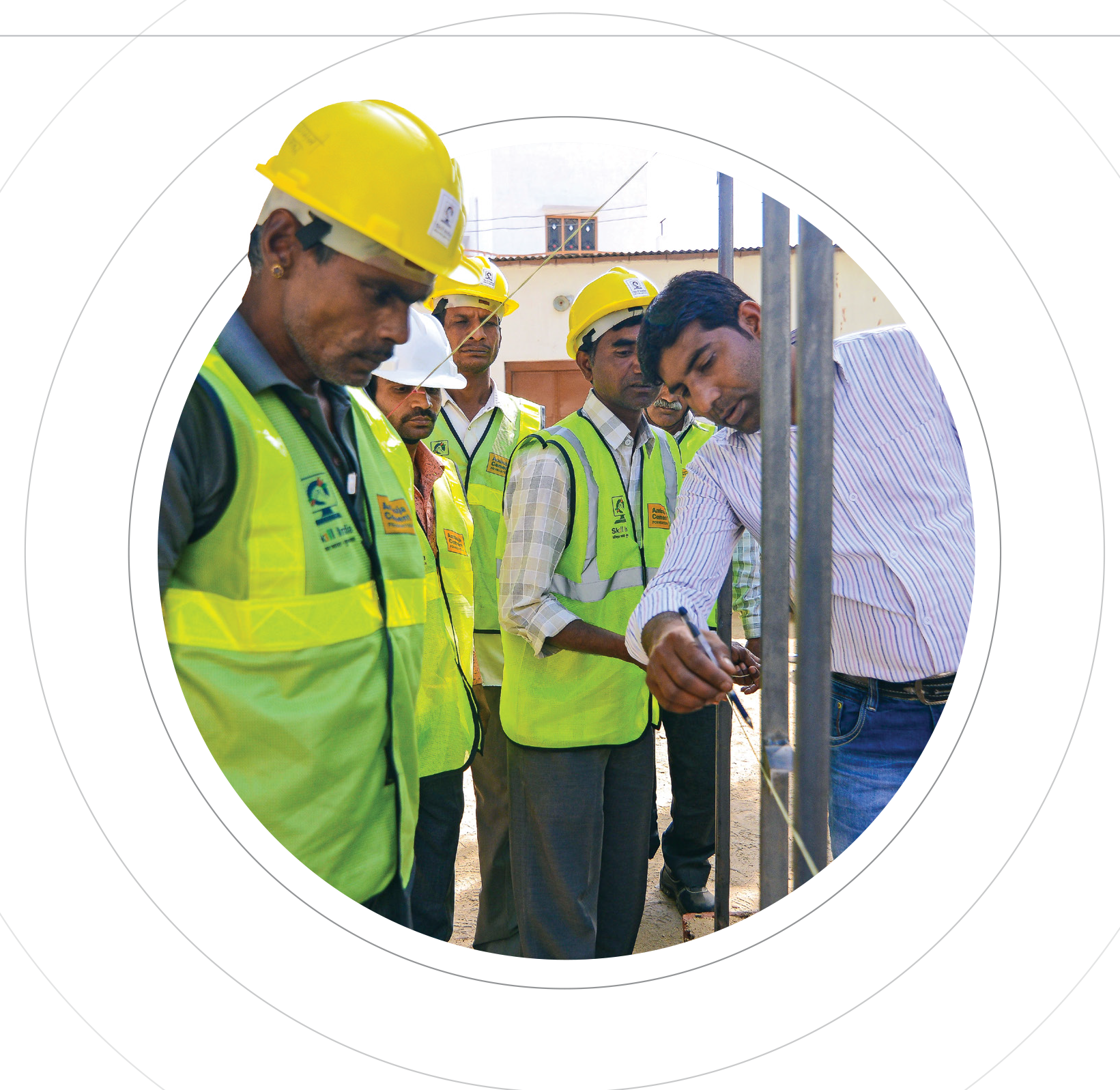
Risk Management Committee (RMC)
The Risk Management Committee (RMC), comprising 50% Independent Directors, operates within a comprehensive risk management framework to monitor, report, and mitigate the risks faced by the Company. In compliance with the Companies Act 2013, the RMC reviews risk governance, assessments, policies and practices, directly reporting to the Board and supporting its responsibilities, with the assistance of two sub-committees.
Commodity Price Risk Committee
This sub-committee assists the Risk Management Committee in reviewing the risks related to the Company's commodity price exposures, while fostering risk awareness and adherence to the Code of Conduct. It develops and regularly reviews the Commodity Price Risk Management (CPRM) Policy in line with prevailing market conditions.
Reputation Risk Committee
It supports the Risk Management Committee in reviewing risks related to the Company’s reputation, promoting a culture of risk awareness while upholding high standards of conduct. The sub-committee also assesses and addresses specific issues, potential conflicts of interest and other reputation-related risks reported to the Committee.
Legal, Regulatory, and Tax Committee
Supports the RMC in reviewing the Company’s legal, tax, and regulatory matters, as well as overseeing tax and other regulatory compliance programmes.
Mergers & Acquisitions Committee
Assists the RMC in evaluating the Company’s acquisition strategy, reviewing proposed mergers, acquisitions, investments, or divestments, and assessing the due diligence process.
| Nature of Risks | Definition | Mitigating Factors |
|---|---|---|
Maintaining Market Share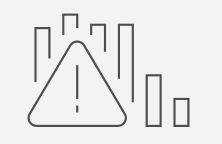
|
The cement industry in India comprises both small and large players, creating a highly competitive environment. With rapid capacity expansion and consolidation, the Company’s primary challenge is to maintain its market position in a rapidly-evolving industry. |
To mitigate this risk, ACC's parent company Ambuja Cements Limited has devised an ambitious plan to reach a total capacity of 140 MTPA by FY 2027-28, thereby enhancing its market position across India. Additionally, the Company is actively working on strengthening its brand equity through innovation and digitalisation to remain competitive and profitable. |
Comply with New Regulations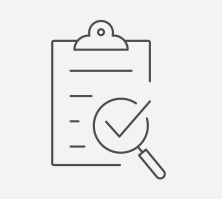
|
Regulatory changes are evolving rapidly across countries due to shifts in climate and environmental concerns. Non-compliance with new standards introduces significant complexity, potentially leading to reputational and financial repercussions. To address these challenges, the Company utilises transformation, upgradation and modification strategies, which can often come at a hefty cost. |
The Company has undertaken various projects across its operations to control pollution and comply with the new emission standards for dust, SOx and NOx, as mandated by the Ministry of Environment, Forest and Climate Change (MoEF and CC). These initiatives aim to ensure adherence to environmental regulations and minimise impact on the surroundings. |
Fuel and Raw Material Security
|
The cement industry is both capital-intensive and energy- and raw-material-intensive, with energy and raw materials accounting for a significant portion of operating costs. This makes cost management and efficiency improvements crucial for the industry's sustainability and competitiveness. |
ACC prioritises long-term supply agreements to ensure business continuity by optimising its fuel mix, enhancing plant efficiency, and increasing the use of alternative fuels such as WHRS and solar. Despite challenges arising from the MMDRA Act’s notification, which imposes lease renewals and grants through auctions, ACC secures adequate limestone resources and identifies suitable blocks for future acquisition to maintain efficient procurement of raw materials like coal, limestone and fly-ash. |
Cybersecurity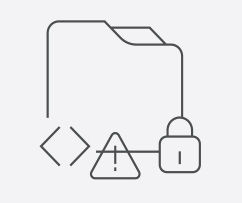
|
Cyber security is of utmost importance within the organisation. ACC continuously identifies and blocks data leakages that pose a threat to its information systems. At the same time, plans are in place to establish a secure and monitored environment for the use of AI tools and solutions. As the digital landscape continues to evolve both nationally and globally, ACC fully embraces the need for the construction sector to adapt, driving the development of more efficient and effective solutions. |
ACC operates in a secure environment and has implemented multiple advanced cybersecurity solutions. To further protect critical information systems, air-gapped cyber-safe backup procedures have been established to mitigate the impact of potential security breaches. All IT systems undergo regular upgrades and patching to ensure resilience against emerging threats. Cybersecurity policies and procedures are periodically updated, with ongoing user education to reinforce adherence and minimise risks. The Company’s digital transformation journey spans its entire digital landscape, integrating robust security measures across networks, cloud infrastructure, data centres, business applications and cybersecurity frameworks. |
Health and Safety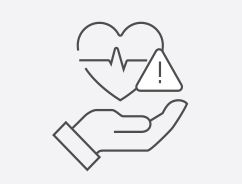
|
Health and safety is fundamental to the sustainability of ACC’s business, requiring a multidisciplinary approach and teamwork. It demands a high level of commitment from all stakeholders at every level of the organisation. |
ACC places health and safety at the heart of its operations, continuously reviewing systems and processes to improve frontline safety. Initiatives such as Unchaai Kendra and Life Saving Safety Rules help raise awareness and prevent accidents, while regular risk assessments further support onsite and offsite efforts in ACC’s pursuit of ‘Zero Harm’. |
Climate Risk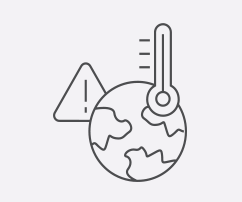
|
Climate change presents various physical risks, including flooding, rising temperature and water stress. Additionally, emerging and potential regulations could introduce or amplify regulatory risks. |
The Company is investing in renewable energy sources, energy efficiency initiatives and low-carbon technologies to reduce greenhouse gas emissions. These efforts are part of its commitment to sustainability and environmental responsibility. |
Natural Resources
|
The cement industry heavily depends on natural resources like limestone, coal and other minerals. Ensuring continuous supply of these vital materials while maintaining optimal cost and quality standards is crucial for smooth business operation. |
To mitigate risks related to natural resources, ACC is enhancing its operational efficiency to optimise resource utilisation. The Company is also focusing on resource conservation, reuse and recycling, with initiatives for improving the clinker factor and thermal substitution rate, alongside investments in renewable energy and WHRS systems to reduce reliance on non-renewable sources. Additionally, ACC is investing in coal and limestone mines to ensure the availability of key raw materials, aiming to improve sustainability, minimise environmental impact and build a more resilient supply chain. |
Energy Security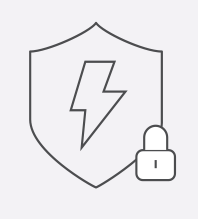
|
Energy security is vital for ACC, as it significantly impacts both operations and overall production costs. With energy expenses forming a substantial part of production costs, particularly during the energy-intensive processes of kilning and grinding, managing energy costs efficiently is crucial for the Company. |
ACC recognises the importance of mitigating the risk of energy price inflation, and one key strategy is diversifying fuel sources, including the use of alternative fuels. This approach not only reduces the impact of fluctuating energy prices but also promotes sustainability, while the Company continually evaluates energy procurement options and implements innovative technologies to enhance energy efficiency and operational resilience, ensuring competitiveness in a dynamic cement industry. |
Project Execution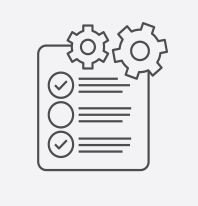
|
Project execution is crucial to the Company's vision of reaching 140 MTPA by FY 2027-28, with large-scale projects already underway at multiple sites. Ensuring timely completion, maintaining the highest safety and quality standards and adhering to budgetary constraints are the top priorities for ACC's business. |
The Company is leveraging synergies with the Adani Group’s project management arm, which brings proven expertise in executing large-scale projects. To mitigate budgetary concerns, the Company ensures a strong cash flow through internal accruals and is executing ongoing projects primarily via the EPC mode, partnering with world-renowned suppliers. Internal processes are being aligned with the goal of simplification, standardisation and skill enhancement, encapsulated in the Projects team's 5S mantra, to achieve maximum speed and scale. |